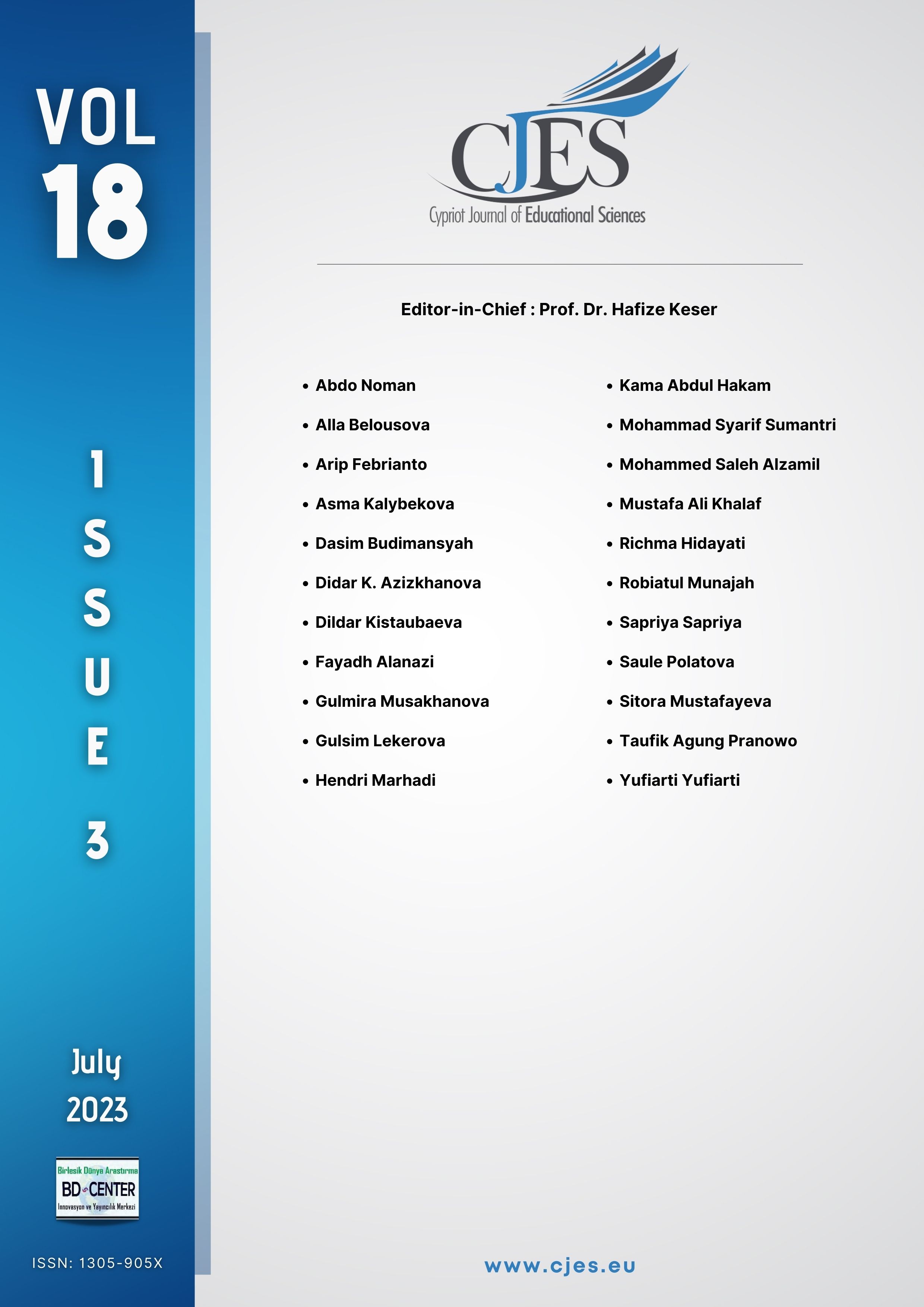The role of the problem-based learning approach in optimizing student involvement in the learning process
Main Article Content
Abstract
This research is motivated by the problem of the contribution of project-based learning (PBL) to the learning process which only helps the teacher's task or has a significant contribution to the acquisition of student knowledge. The aim of the research is to investigate the effectiveness of PBL in involving students in the learning process, the contribution of PBL to authentic, iterative, collaborative, and student discipline learning. The research method used is factorial design analysis using structural equation models. The participants involved in this study were 250 teachers who used PBL in their learning process. This data was collected using a questionnaire to determine the role of PBL from the five aspects highlighted. This study uses the SEM-AMOS (Structural Equation Modelling) measurement model as the main statistic to analyse data and is based on confirmatory factor analysis. The findings show that all the main aspects of learning methods such as authentic, disciplined, collaborative, repetitive learning and student engagement are significantly correlated with PBL. Through these main aspects, PBL is able to involve students optimally in participating in the learning process. They can be more optimal in obtaining new knowledge and information in the learning process. So, in addition to optimizing student involvement in the learning process, PBL also facilitates students to optimally acquire knowledge in the learning process.
Keywords: Project-based learning, authentic learning, structural equation model, student involvement in learning.
Downloads
Article Details

This work is licensed under a Creative Commons Attribution 4.0 International License.
Cypriot Journal of Educational Sciences is an Open Access Journal. The copyright holder is the author/s. Licensee Birlesik Dunya Yenilik Arastirma ve Yayincilik Merkezi, North Nicosia, Cyprus. All articles can be downloaded free of charge. Articles published in the Journal are Open-Access articles distributed under a CC-BY license [Attribution 4.0 International (CC BY 4.0)].
Birlesik Dunya Yenilik Arastirma ve Yayincilik Merkezi (BD-Center)is a gold open-access publisher. At the point of publication, all articles from our portfolio of journals are immediately and permanently accessible online free of charge. BD-Center articles are published under the CC-BY license [Attribution 4.0 International (CC BY 4.0)], which permits unrestricted use, distribution, and reproduction in any medium, provided the original authors and the source are credited.

